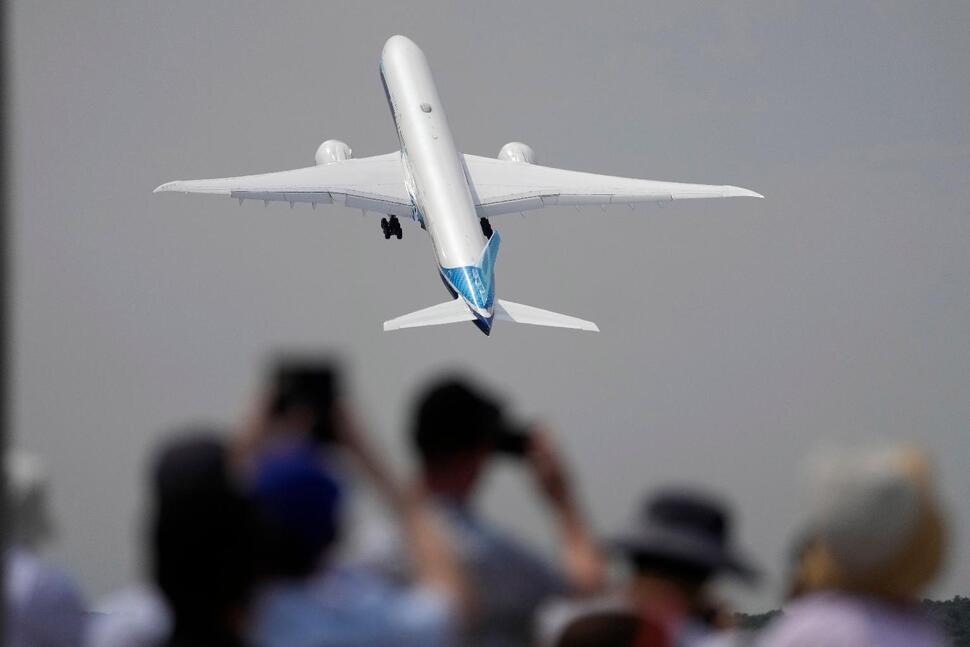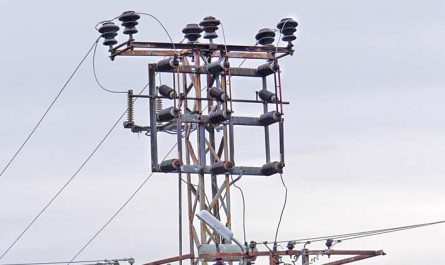Planes are a minor supporter of worldwide ozone depleting substance emanations, however their portion makes certain to develop as additional individuals travel before long — and that has the flying business confronting the possibility of more tight natural guidelines and higher costs.The industry has embraced an objective of arriving at net-zero ozone depleting substance outflows by 2050. Specialists who track the issue have some misgivings.
Until the COVID-19 pandemic made travel droop, carriers were on a consistent course of consuming more fuel, a large number of years. The present airplane motors are the most productive ever, yet enhancements in diminishing fuel consume are excruciatingly sluggish — around 1% a year by and large.
At Monday’s opening of an immense flight industry show close to London, conversation about environmental change supplanted a significant part of the typical buzz over enormous plane orders.The weather conditions was fitting. The Farnborough International Airshow opened as U.K. specialists gave the primary outrageous intensity cautioning in England’s set of experiences. Two close by air terminals shut their runways, one detailing that intensity made the surface clasp.
As aircrafts face environmental change, the stakes could barely be higher.
Jim Harris, who drives the aviation practice at specialist Bain and Co., expresses that with aircrafts recuperating from the shock of the pandemic, hitting net-zero by 2050 is presently the business’ greatest test.
“There is no undeniable arrangement, there is nobody innovation, there is nobody set of activities that will get the business there,” Harris says. “How much change required, and the timetable, are enormous issues.”
Flying deliveries only one-6th how much carbon dioxide created via vehicles and trucks, as per World Resources Institute, a charitable exploration bunch situated in Washington. Be that as it may, avionics is utilized by a long shot less individuals each day.
Fly fuel use by the four greatest U.S. carriers – American, United, Delta and Southwest — rose 15% in the five years paving the way to 2019, the last year before air travel dropped, even as they refreshed their armadas with additional effective planes.
Airbus and Boeing, the world’s two greatest airplane producers, both tended to supportability during Monday’s first day of the season at Farnborough, despite the fact that they moved toward the issue in various ways.
Europe’s Airbus and seven carrier bunches reported an endeavor in West Texas to investigate eliminating carbon dioxide from the air and infusing it profound underground, while Boeing authorities said practical flight fuel, or SAF, will be the best device — however not by any means the only one — to diminish emanations.
Last September, carrier pioneers and President Joe Biden promoted a consent to cut airplane outflows 20% by 2030 by creating 3 billion gallons of SAF by then, at that point, and supplanting all traditional stream fuel by 2050. Environment specialists applauded the thought however said the willful targets are excessively hopeful. Current SAF creation is around 5 million gallons each year.
Supportable fuel is biofuel produced using cooking oil, creature fats, civil waste or different feedstocks. Its main benefit is that it tends to be mixed with customary fuel to control stream motors. It has been utilized commonly on practice runs and, surprisingly, customary trips with travelers ready.
Among SAF’s disadvantages are the significant expense — multiple times more than ordinary fly fuel. As carriers try to purchase and utilize a greater amount of it, the cost will rise further. Advocates are campaigning for tax cuts and different motivations to help creation.
Policymakers see SAF as an extension fuel — a method for diminishing discharges until additional sensational forward leaps, for example, electric-or hydrogen-controlled planes, are prepared. Those advancements probably won’t be broadly accessible for carrier size planes for a few decades.
A few organizations are planning and beginning to construct electric-fueled planes, yet most are little airplane that take off and land upward, similar to helicopters, and they are about a similar size — with space for a couple of travelers.
Electric-fueled planes sufficiently large to heft around 200 travelers — a medium-size stream via carrier guidelines — would require a lot greater batteries for longer flights. The batteries would weigh multiple times more than stream fuel to create similar measure of force, making electric aircrafts unfeasible without tremendous jumps in battery innovation.



